Comments from Second Round Judging
-
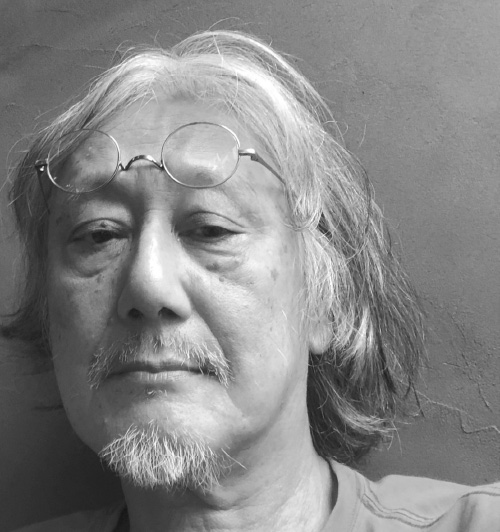
-
IRIE Keiichi Architect/Design Director
Things that can be touched, things that can never be touched
Several pairs of monkeys on different levels on ladders look at each other. The paired monkeys are almost identical, except that one of them is imperfect due to lacking some bodily part such as a hand or neck. The faces and bodies of the monkeys are partially covered with a lead-like surface, implying that in fact, they are not monkeys. As is clear at first glance, these humorous monkeys are an ironical representation of one’s own identity that has now split into many selves.
Where on earth are we now? Is our recognition of what and who we are just an illusion? The split and reproduced selves, which the artist calls “avatars,” have now been spreading in both physical and virtual spaces, representing not one but multiple identities. It seems to me that this work brings to light what is happening to our perception of ourselves in a humorous way. Let me tell you that your recognition of yourself (your reality) is not perfect at all. Monkeys know better.
-

-
IWASAKI Hideo Artist and Researcher/Professor, Faculty of Science and Engineering, Waseda University, Director of metaPhorest
The entries qualifying for the second round of the selection process are all great works. First of all, I would like to express my heartfelt gratitude to the artists and staff members working behind the scenes. Due to the diversity of these works in the way of approach and presentation, there was much discussion, if not controversy, among the judges over various issues, including on which aspects of works we should focus on when evaluating them, and to what degree the consistency with the theme should be considered. There was also a considerable difference of opinion among the judges in selecting a Grand Prize winner. I highly evaluated the project of river stones being melted by concentrated sunlight to represent subterranean magma as an “invaluable attempt to connect the present moment with the Earth’s grand historical time and space in a poetic manner.”
I was also attracted by the work with the motif of “bridge,” which won the Judges Prize, for its potential to go beyond the function of a bridge in a narrow sense to connect with something, including abstract beings, thereby fostering a link between the present moment and external beings, and for the artist’s community-based down-to-earth research. That said, I cannot help feeling that both of these works could have capitalized more on their inherent expandability and strength (I am sorry if I missed something). I chose these works as prize winners in anticipation of their further refinement and development. Other works such as “Sakasagoto” and “One room” also caught my attention. I hope visitors to the exhibition will fully enjoy exploring the world of each work, regardless of whether they are prize winners or not.
-
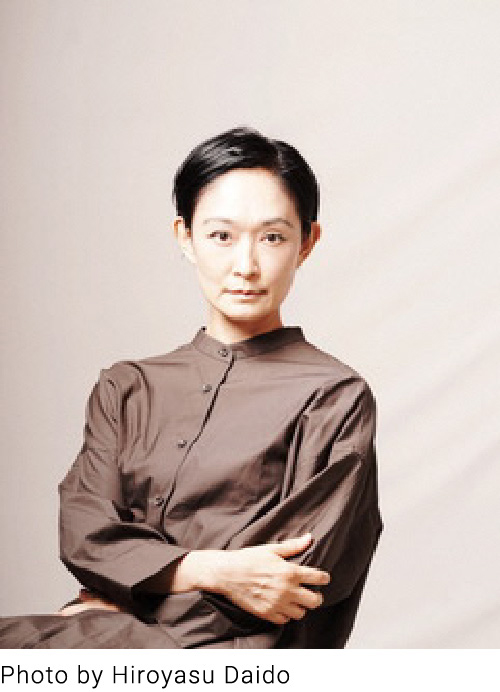
-
KITAMURA Akiko Dancer and Choreographer/Professor, Faculty of Arts, Shinshu University
Creating a work aligned with the concept of a cube could both impose restrictions and give freedom to artists. They approached this concept in their own uniquely creative way, which resulted in the diversity of works that cannot be discussed just under a theme or two. Viewing the works installed in a cube was such an exciting experience for me that I nearly forgot that I was there to select award-winning works (I’m sorry). These works allow viewers to go across time and space beyond the visual and physical appearance of objects to explore various thoughts, while inspiring them to unleash and fuel the imagination beyond the five senses. With their stoic strength and sophisticated taste, these works also guide viewers into a journey of delving deeper into the world of art. Such a magical process occurs between artists, their works and viewers, which can be likened to an attempt to chase an elusive ghost, and thus can cause us to lose confidence occasionally. Having internal conversations with myself repeatedly, I worked on the pleasant, yet difficult, task of establishing firm judgment criteria and in doing so, came to realize the power of never-ending dialogue, in which questions continue to be asked in a persistent but casual manner, as to: how the serious efforts of artists to tackle the theme can be recognized by those who view or interact with their works; in what manner the resulting perception of “Where REALITY Goes” can be shared; and with what the shared perception can be connected, in what manner and to what extent.
-

-
SHIKATA Yukiko Curator and Critic/President, International Association of Art Critics, Japanese Section
With a diverse range of high-quality works, the exhibition was very intriguing as a whole. As a judge, I placed importance on each artist’s approach to the concept of a cube and the theme of this competition, as well as the feasibility of their visions. Above all, I was impressed with the power and message sent by each work. Judges exchanged insightful views but were split on which work deserved the Grand Prize. After heated discussion, we finally agreed to award the Grand Prize to the work of Ms. CHIBA Madoka, which shows the process of river stones being melted by sunlight and turned back into magma. The image of stones being melted accompanied by vivid sound guides viewers to a humble, yet stunning and grand journey from Gifu to the history and depth of the Earth. By exploring the “Reality” by connecting stones with the Earth’s long history, this work stimulates the imagination and poses the question of where we are now, for which I highly value this work.
The work of Mr. KITAGAWA Jun, which won the Judges Prize, presents life during Covid-19 from the angle of commercial goods, using the cube as a physical box. Inside the cube, we feel as if we are commercial goods being delivered, and become aware that while we think we do shopping at will, the reality may be that we are made to do shopping. This dry humor makes this work special.
-
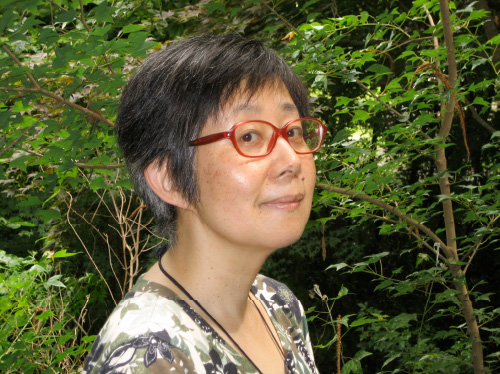
-
TERAUCHI Yoko Artist
The short-listed 14 works were created using diverse approaches and ways of expression. I think the diversity of these works makes this exhibition especially appealing. I had great difficulty selecting a Grand Prize winner out of these works, and I am grateful for being given the opportunity to frankly exchange opinions with other judges and evaluate each work carefully together.
I selected prize winners based on my own judgment criteria, rather than by considering the consistency of each work with the theme of “Where REALITY Goes.” My criteria were whether or not: (1) the artist has completed a convincing work that allows viewers to understand what the artist believes to be his or her “Reality” just by seeing it without recourse to language; and (2) whether the artist effectively uses the external space of the cube, as well as its internal space.
There were some works that did not meet criterion (2) but were sophisticated. Some works may have been better if there had not been the restrictions of the cube. Furthermore, artists and judges were split over which is more important, the theme of the competition or the concept of the cube.
This experience as a judge has made me strongly want to see works that are destined to be born from a huge, stand-alone cube.
-
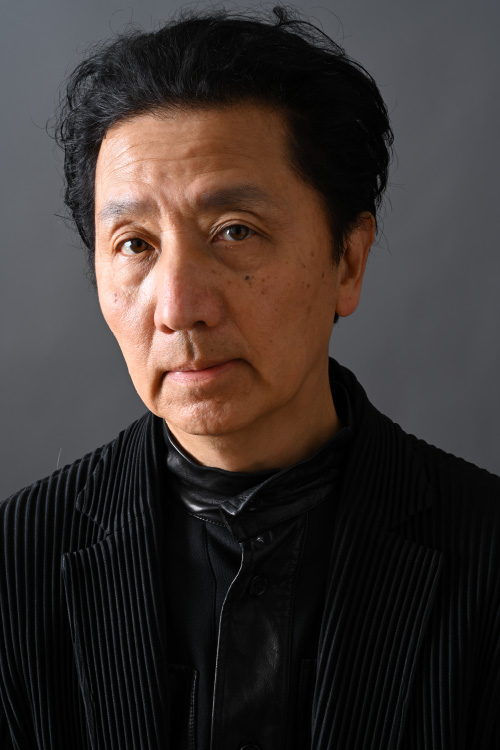
-
MORIMURA Yasumasa Artist
Artistic creation is a mysterious practice. Why do we create works of art? This question remained in my mind throughout the selection process. All the creators of the short-listed 14 works must have gone through tremendous struggles. As a creator myself, I can understand this. Therefore, I wanted to award a prize to all of them, but that was not allowed. Unlike athletes’ records, we cannot measure the value of works of art numerically. In a sense, we evaluate the works of art using strange jigsaw puzzle pieces that are constantly changing in shape – it seems the shape of the piece that fits into the space varies from time to time. Probably, artistic creation is an unpredictable process in which AI is of little use. While this recognition has made me feel good as a judge and proud of our victory over AI, I feel sorry for the artists who created the 14 works. With a slight change of situation, the prizes could have gone to other artists. As a judge, I witnessed this unpredictable, thrilling selection process, which is also an absurd process that may change someone’s life at the whim of the gods. I hope you will overcome such absurdity, neutrally accept the result without feeling too delighted or disappointed, and ask yourself why you remain dedicated to artistic creation. I hope you will stick to this mindset as our fellow artists. I want to think we are co-conspirators, rather than judges, for you.
-
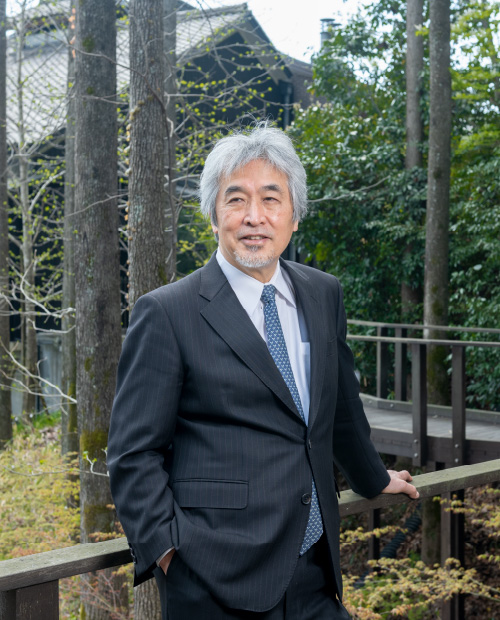
-
YAMAGIWA Juichi Director-General, Research Institute for Humanity and Nature
All the short-listed works are so uniquely fascinating that I had difficulty ranking them. I think these works can be roughly divided into two groups. One uses nature as a motif on a grand scale, while the other delves deep into the human mind. The Grand Prize-winning work traces back the Earth’s history starting from river stones in Gifu, making the inhabitants on the surface of the Earth aware of the magma flowing deep underneath.
I was particularly interested in the work titled “JK in the street.” This work hints that it is a female high school student (JK) who is at the center of REALITY. In the middle of puberty, neither a child nor an adult, she is growing rapidly both mentally and physically. She has to face herself in the world where views of society and humans are constantly changing. This work well depicts a female student coming to a standstill and struggling, torn between reality and anti-reality. We are made to realize that her “being ordinary” has a double meaning. While she disguises herself as an ordinary girl, her hidden desire is transparent to us. She wants to shout “No! It’s all lies!” I was especially impressed with the surprising epilogue in which the wish and reality depicted throughout the video are all denied at the end. The artist demonstrated her outstanding theatrical ability in this work. I hope she will use this opportunity as a spring board to make great progress.

